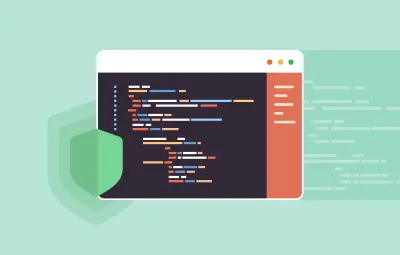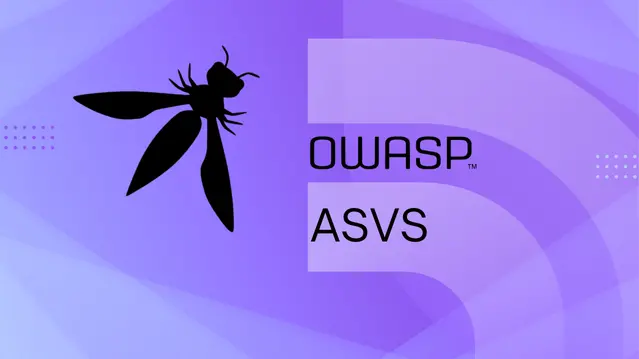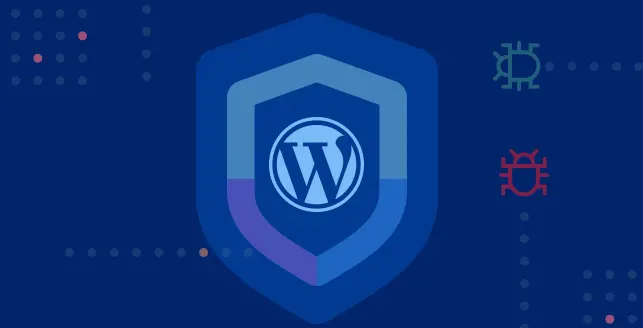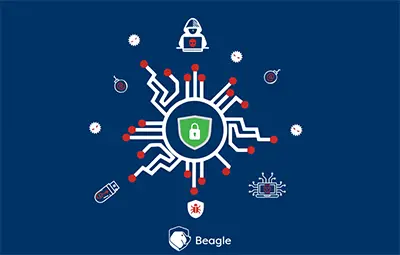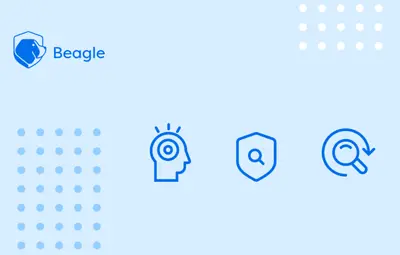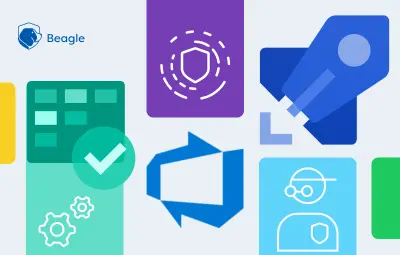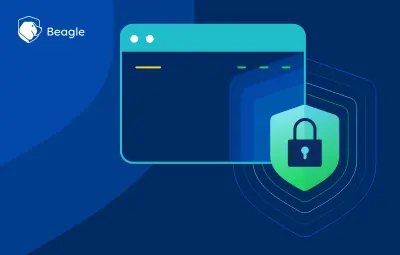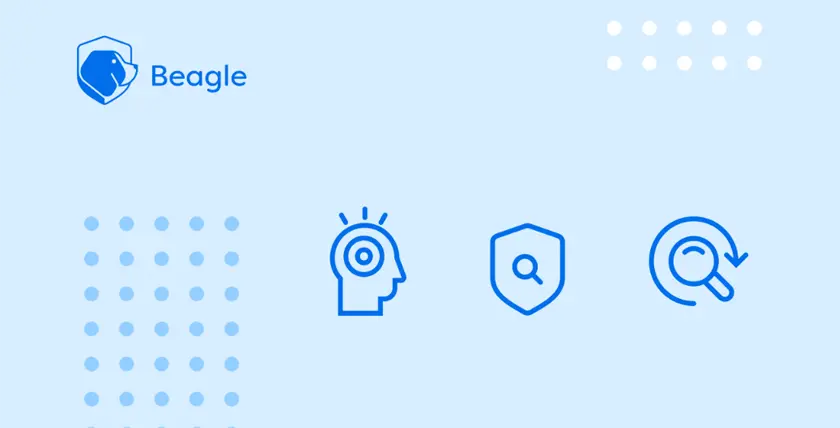
Web application security is a central element of any web-based business. The process of securing your website against security threats that can exploit vulnerabilities in an application should be addressed properly at every stage of the software development life cycle (SDLC).
Content management systems like WordPress, Joomla, database administration tools and SaaS applications are the most common targets for web application attacks. With the growing number of security threats, you must be taking care of your web app’s security more than ever.
The consequences of failing to secure your web application may include sensitive data theft, damaged client relationships and lengthy legal proceedings to name a few.
We have listed 5 ways that will help you improve your web application security in 2020.
1. Use a Web Application Firewall (WAF)
A WAF helps protect a web application against malicious HTTP and HTTPS web traffic. What it essentially does is, it places a barrier between the targeted server and the attacker by examining the incoming traffic and blocks malicious requests.
A WAF can be implemented in one of three ways: network-based, host-based or cloud-based. While WAFs are not an ultimate web application security solution, they are meant to be used in combination with a web application security testing tool, network security scanner and other relevant tools to provide a comprehensive cyberdefense strategy
2. Scan your Website for Vulnerabilities
Web application security testing should be done regularly to stay secure from the latest security threats. It helps you to check the security of code changes before it’s pushed to the production environment and also web applications that are already live.
Security tests should be scheduled on a weekly basis and after any change or addition you make to your application. Web application security testing should be done throughout all of the SDLC stages, rather than once the web application is released.
Automating security tests using Beagle Security gives you the freedom to schedule your tests for a hassle-free experience. The test reports can later be accessed on apps like Slack, JIRA or Trello so that you can save a big chunk of your time and accelerate fixes. You can also integrate Beagle Security to your CI/CD pipeline to test your web applications while deploying to the cloud
3. Double-up Security with Manual Penetration Testing
Having a security expert scan your website for vulnerabilities, perform full web application security audits and monitor for malicious activity can help you layer up your security strategy.
Automating web application security testing can help you stay secure from a large number of security threats, but having a manual penetration test procedure will help uncover complex attack vectors and chain attacks.
Rather than relying entirely on web application security tools, your security strategy should also include timely hands-on testing.
4. Collect Only Necessary User Information
The best way to protect confidential user data is to not collect it in the first place. Most companies make the mistake of collecting too much customer information, more than what’s necessary and this increases the risk of being subject to a cyberattack.
5. Conduct Web Application Security Awareness Training
Sharing security knowledge within the organization is important and absolutely crucial if you aim to improve your web application’s security. The majority of employees don’t even have a basic understanding of security best practices and this can often lead to costly mistakes.
By educating employees and empowering them to act accordingly when an issue arises can strengthen your overall security process.
Developers are usually not worried about security until the first version of the web application is live. Keeping check of the OWASP Top 10 list is a good place to start and stay ahead of the game to eliminate vulnerabilities before code is published.
Staying focused on security and making security part of the development process will help you tackle security risks as they arise.
Maintaining web application security falls upon everyone in the organization. Following these 5 tips can help you keep hackers away from your valuable data and improve your web application security in 2020 and beyond.

